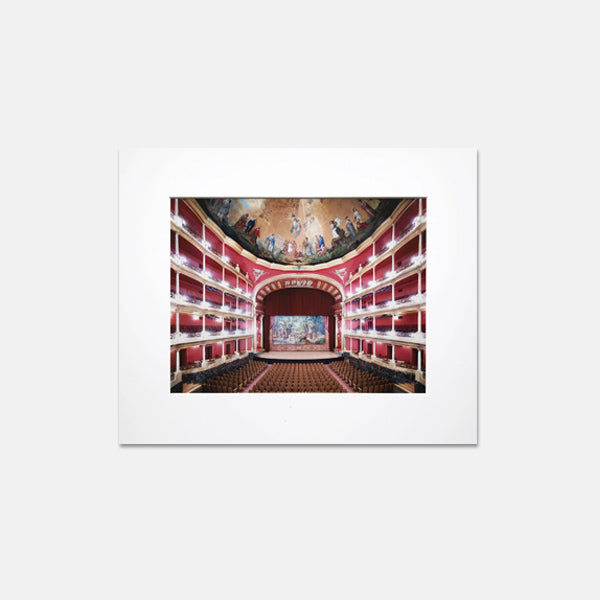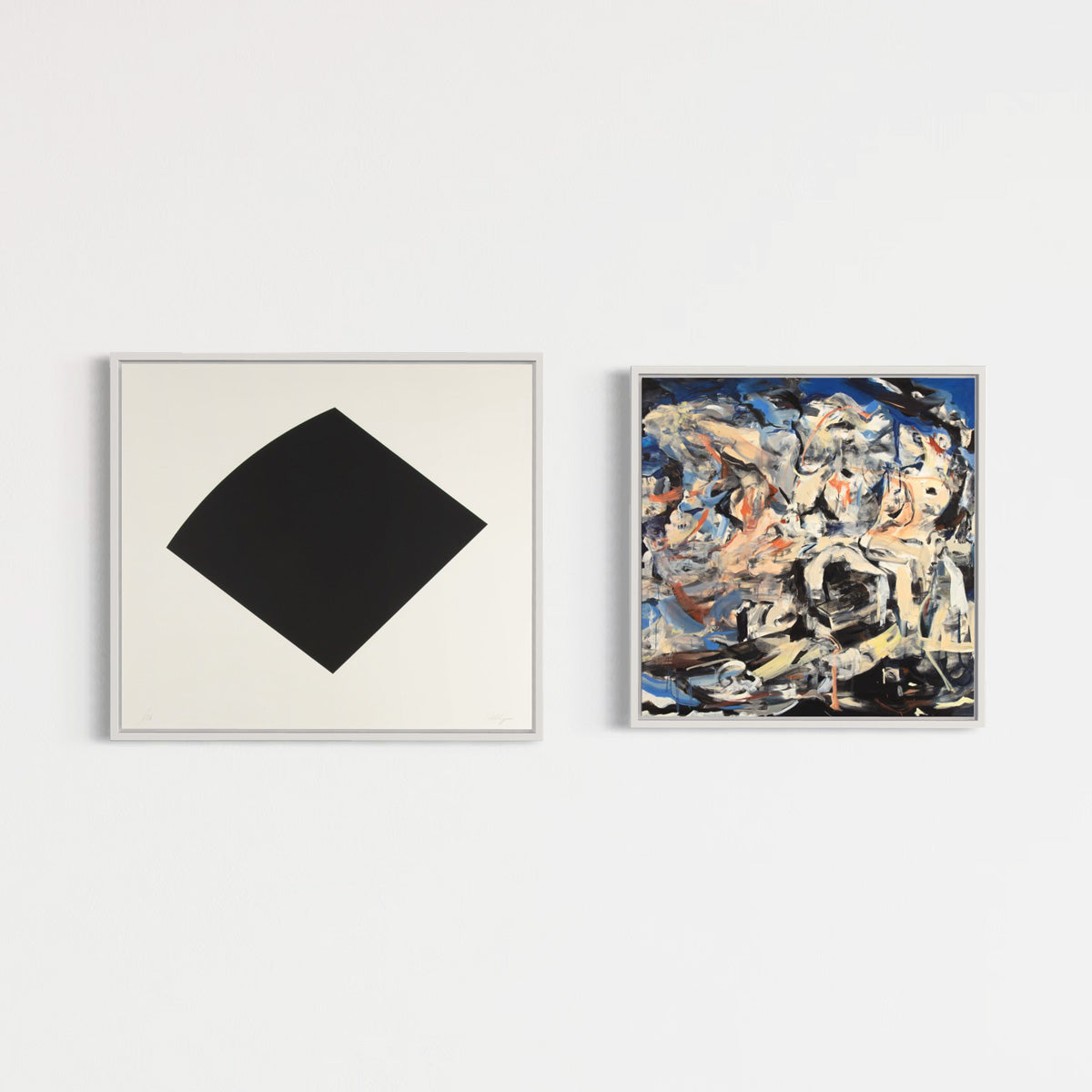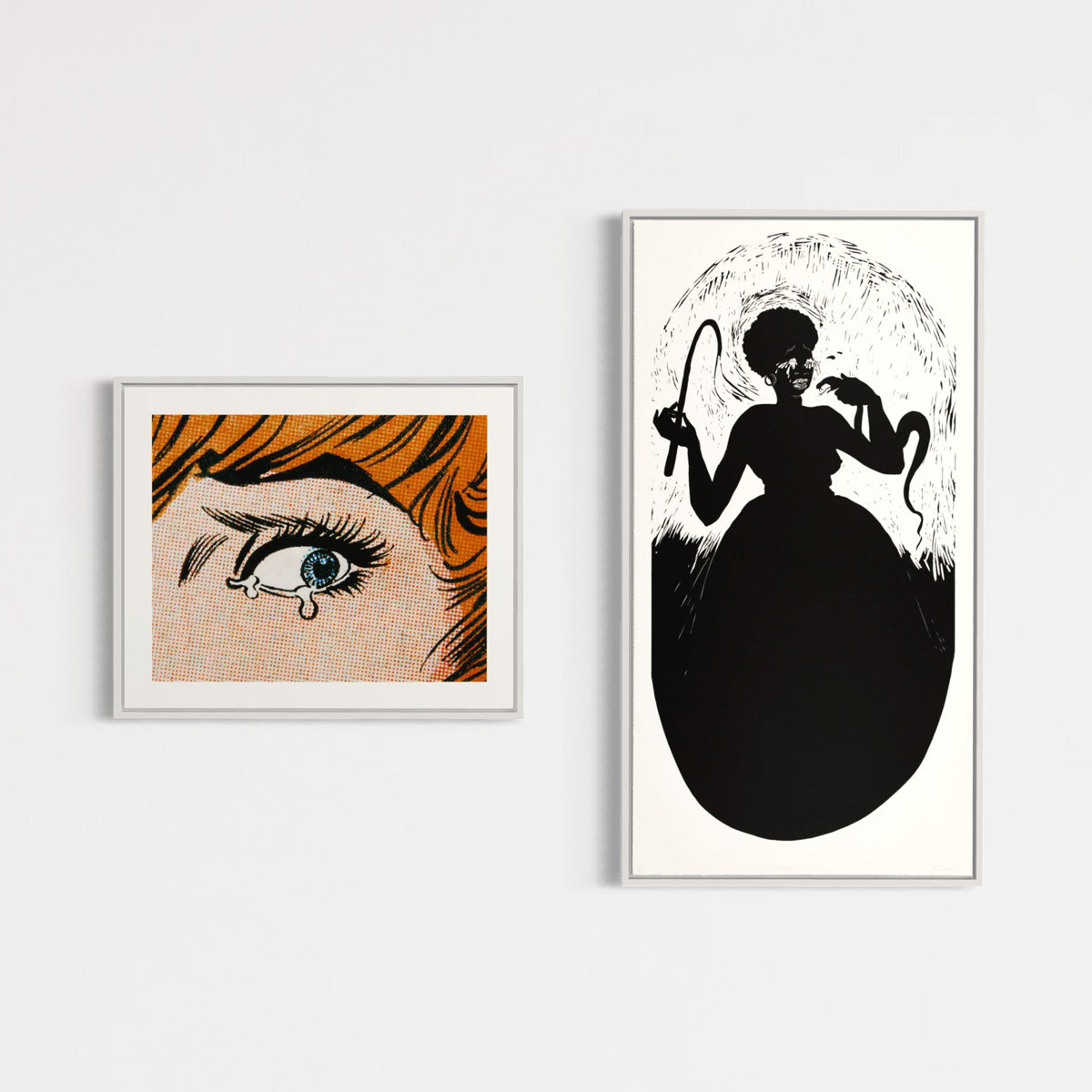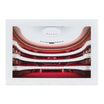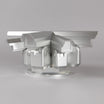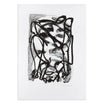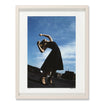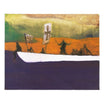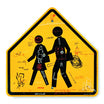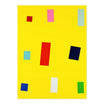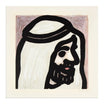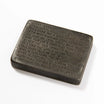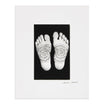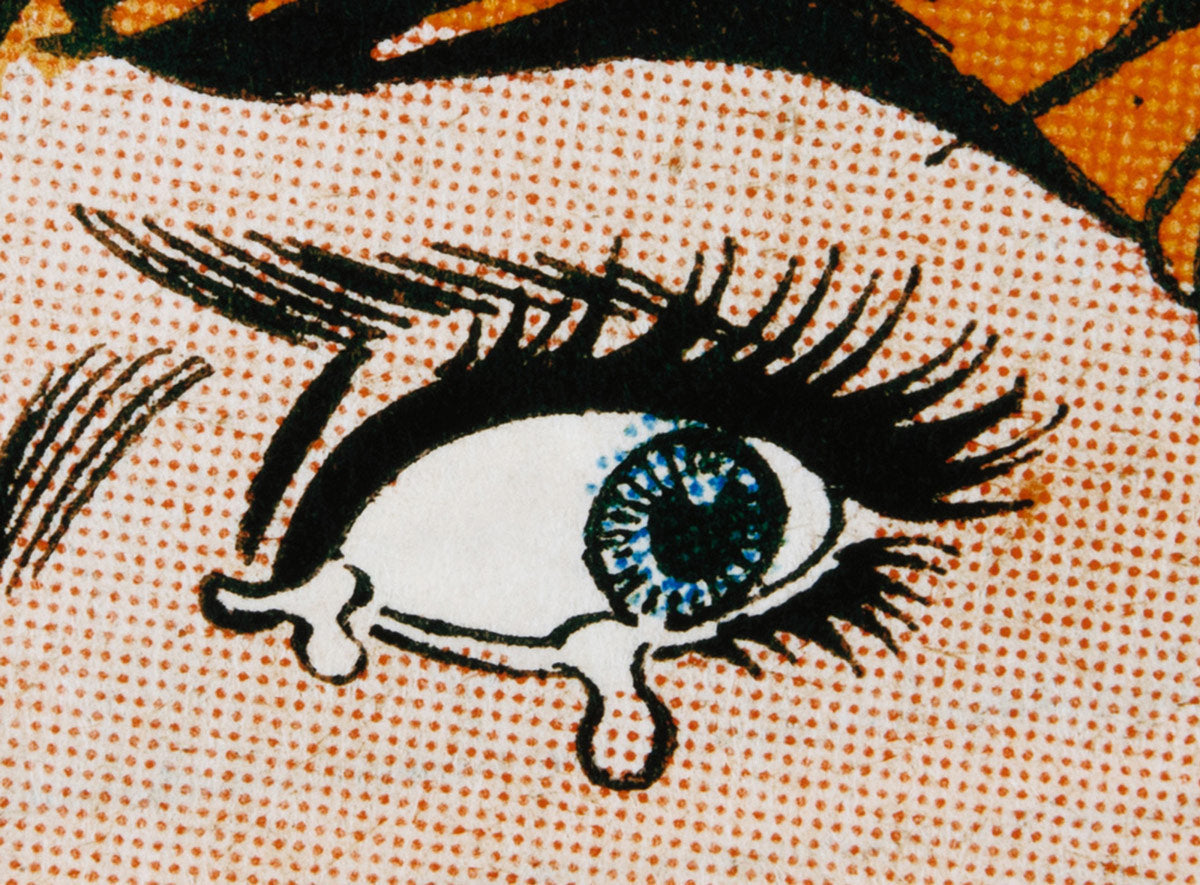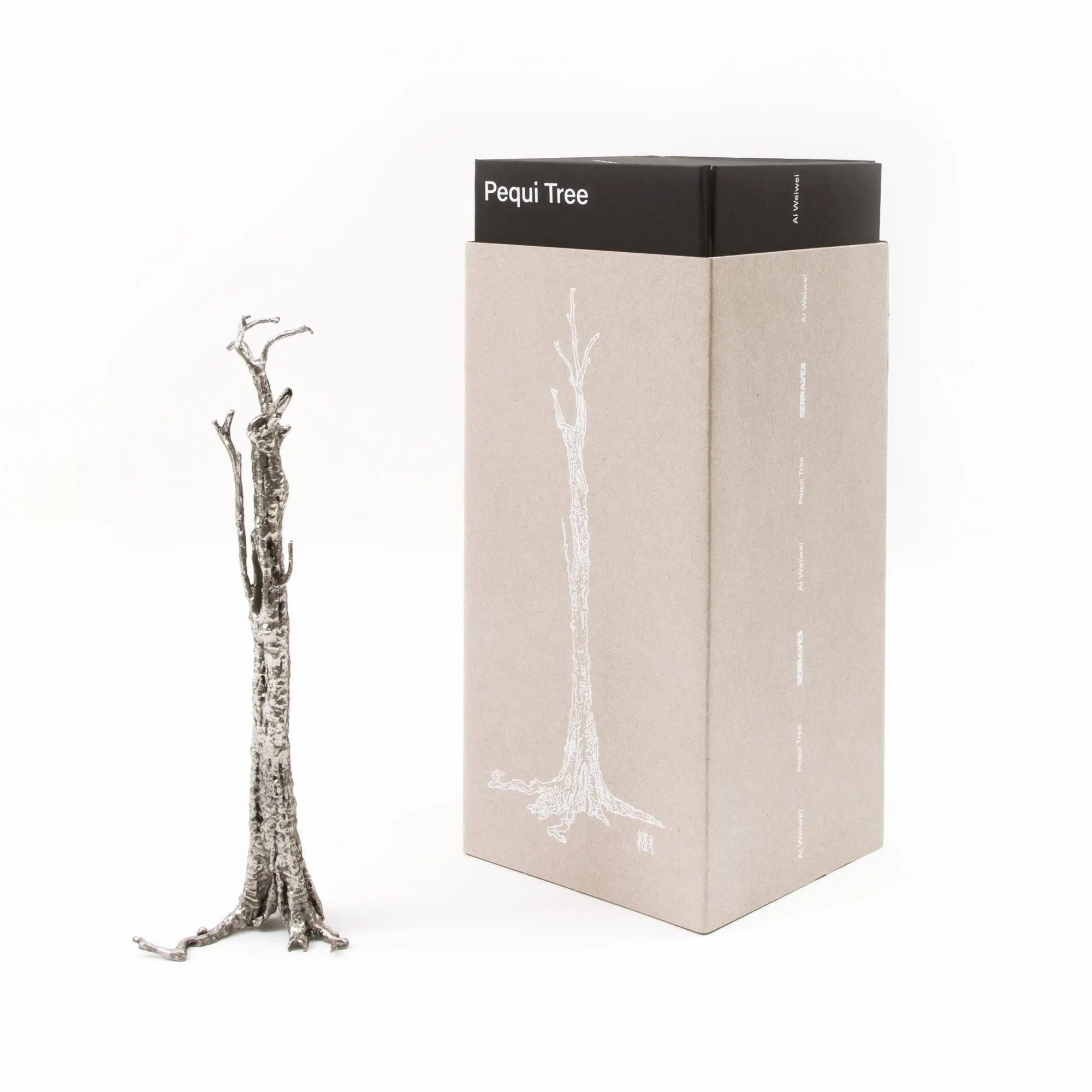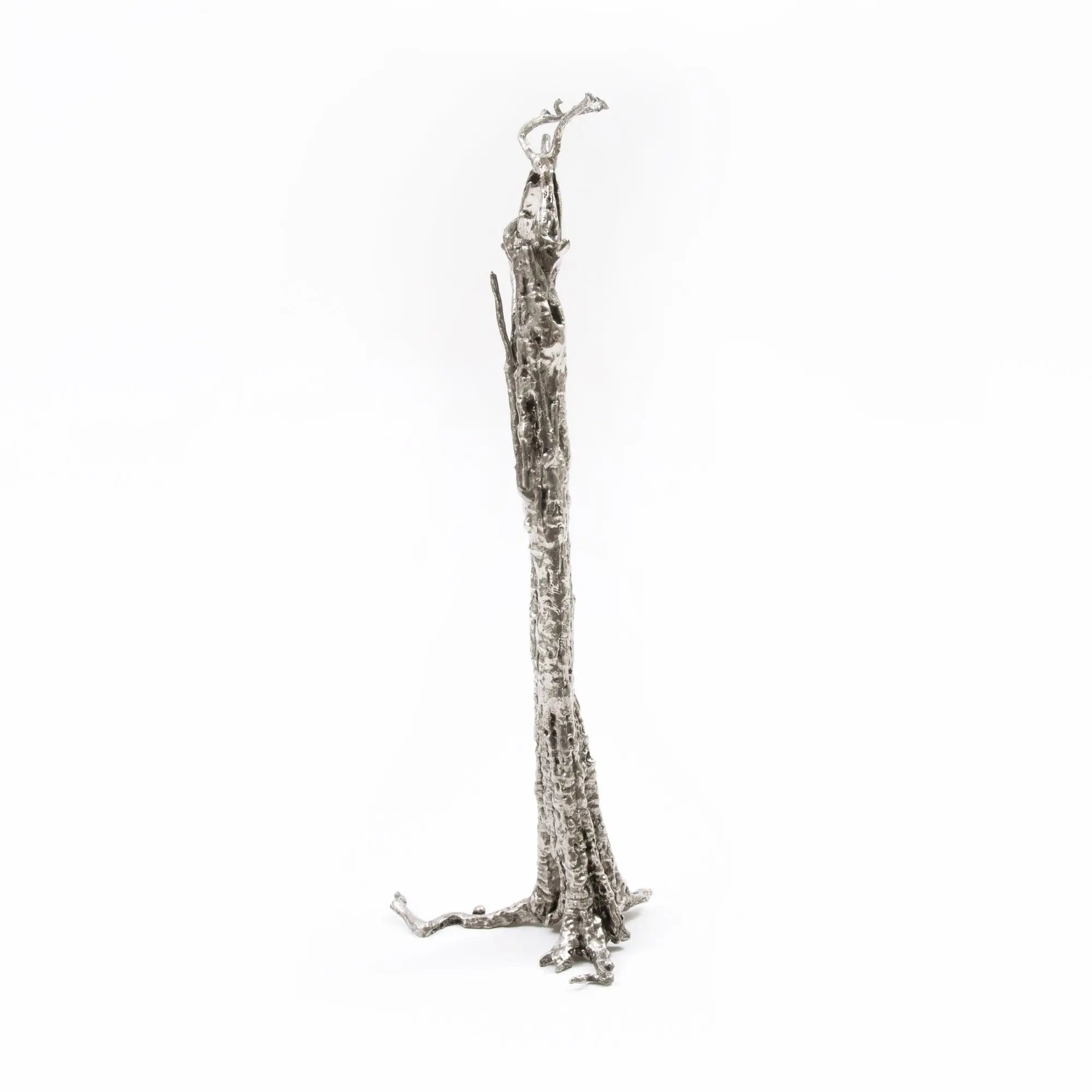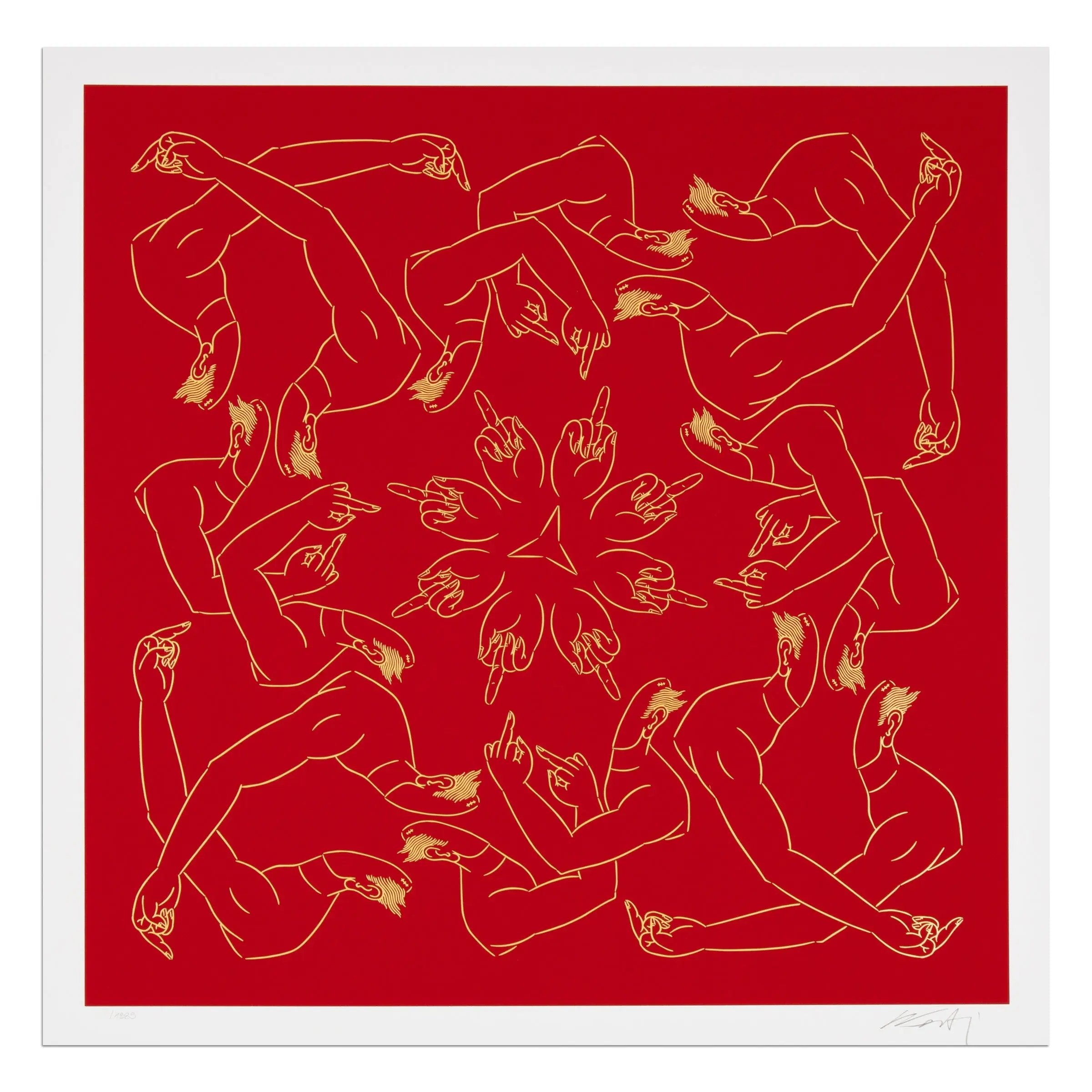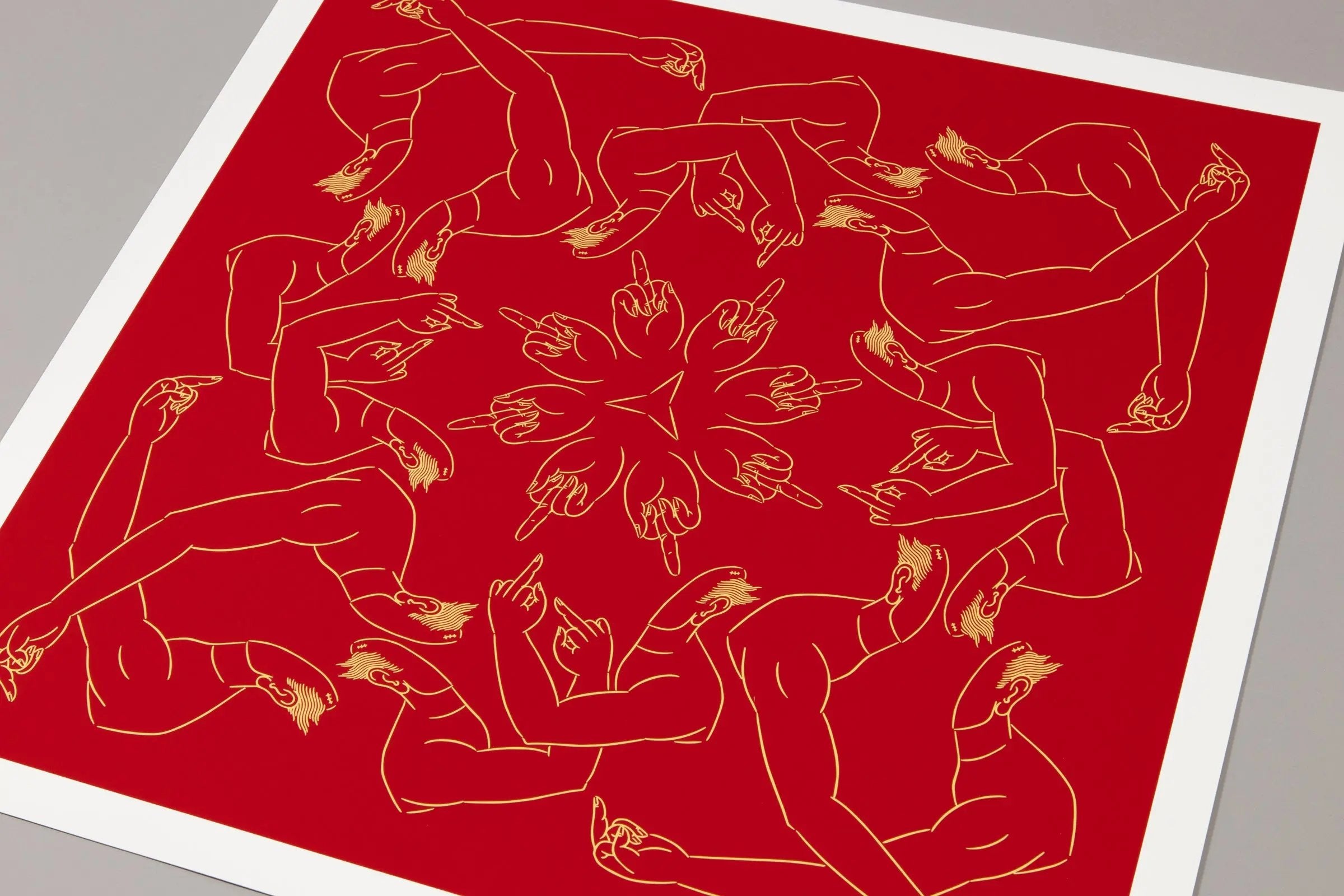
Political Art
Political Art unites artistic expression with social consciousness, featuring limited edition prints and multiples by Ai Weiwei, Barbara Kruger, and Kara Walker. These artworks confront power, inequality, and freedom, demonstrating how art can question, provoke, and inspire change.
Filters
51 products
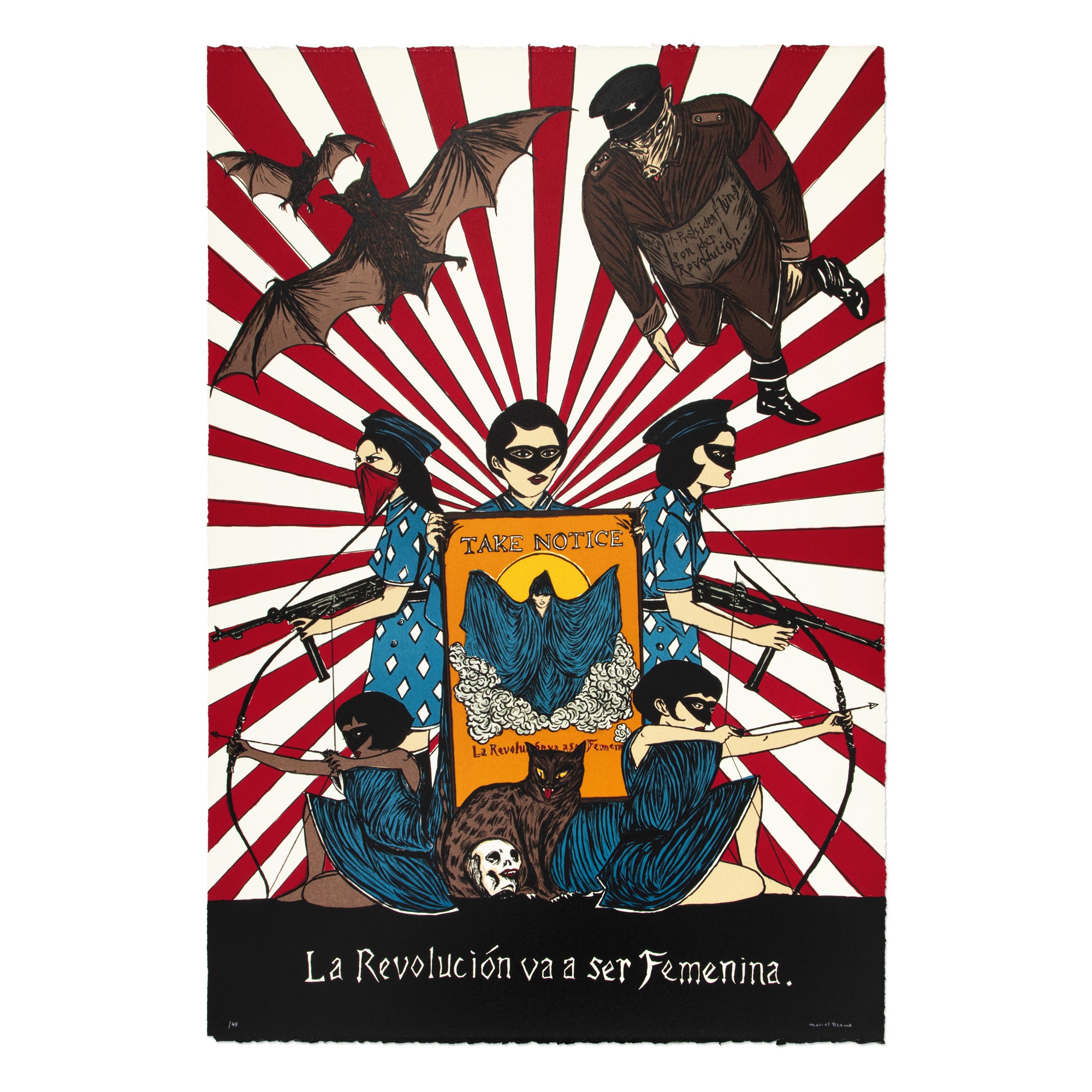
Political art offers a unique opportunity to engage with critical social and political issues through the lens of creative expression. This curated selection features prints, photographs, and multiples by influential artists such as Ai Weiwei, Barbara Kruger, and Kara Walker. Each artwork challenges power structures, provokes dialogue on inequality, and demonstrates the transformative potential of art as a tool for resistance and reflection. With select editions, available for sale, this collection invites you to acquire meaningful political works of art that embody the intersection of art and activism, fostering thought and inspiring change.
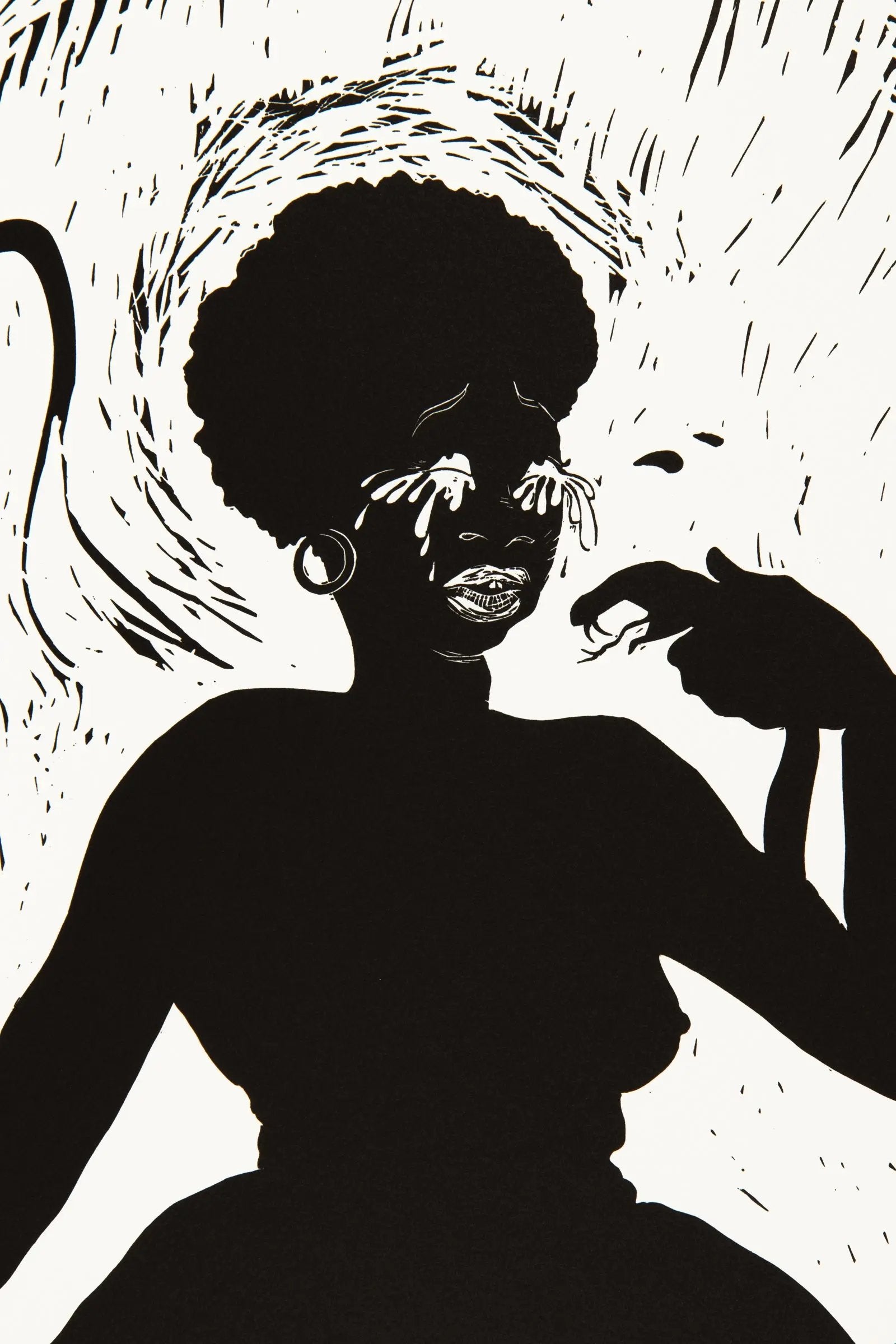
Political art is a genre of artistic expression that addresses and challenges political issues, ideologies, and power structures. It aims to provoke thought, inspire activism, and drive social change by highlighting societal injustices, inequalities, and other critical issues. Unlike artworks created solely for aesthetic or art-related purposes, political art is inherently tied to the artist’s intention to comment on or influence political landscapes. It can take various forms, including paintings, limited edition prints, sculptures, installations, performances, and digital media, making it a versatile tool for conveying complex political messages.
Notable examples of political art include Pablo Picasso’s Guernica, which depicts the horrors of war, and Dropping a Han Dynasty Urn by Ai Weiwei, a provocative commentary on cultural destruction. Political art often resonates deeply with audiences, as it challenges them to confront uncomfortable truths, reconsider their beliefs, and engage with the pressing issues of their time. It draws strength from its ability to connect personal and collective experiences, using symbolism, narrative, and emotion to transcend cultural and linguistic barriers.
Furthermore, the evolution of technology has expanded the reach and impact of political art. Digital platforms and social media now allow artists to share their work globally, sparking conversations and movements that might otherwise remain confined to specific regions. By leveraging these tools, political art continues to evolve as a dynamic and impactful force in shaping public discourse and inspiring collective action.
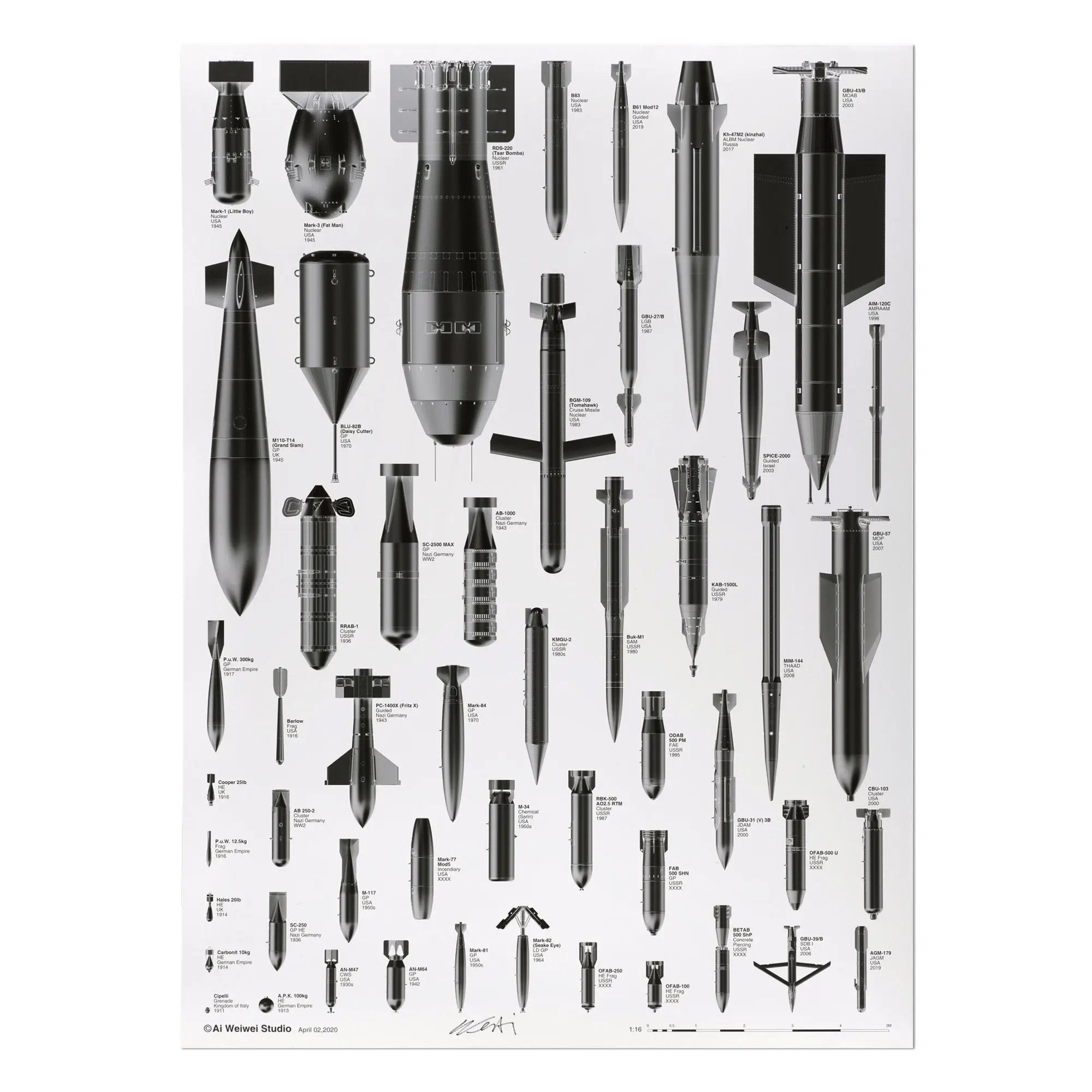
Political art has the potential to profoundly impact society by raising awareness, sparking dialogue, and inspiring action. Through its ability to convey powerful messages and evoke strong emotions, political artworks can bring attention to issues that might otherwise be overlooked or ignored.
One of the primary ways political art influences society is by fostering empathy and understanding. By presenting personal and humanized depictions of suffering, oppression, and injustice, political art can bridge gaps between diverse groups and encourage solidarity. For example, JR’s “Face2Face” project aimed to humanize the Israeli-Palestinian conflict by displaying large-scale portraits of individuals from both sides, challenging viewers to see beyond political divisions.
Furthermore, political art can serve as a catalyst for social and political change. By challenging dominant narratives and exposing systemic injustices, it can inspire grassroots movements and influence public policy. The artworks of famous political artists often become symbols of broader social movements, rallying people around a common cause and motivating them to take action.
Additionally, political art can contribute to the preservation of historical memory. By documenting and interpreting significant events, thought-provoking artworks help ensure that future generations remember and learn from the past. This is particularly important in the context of marginalized or oppressed communities whose histories might otherwise be erased or forgotten.
In conclusion, political art plays a vital role in society by addressing pressing issues, fostering empathy, inspiring activism, and preserving historical memory. Through its diverse forms and powerful messages, it continues to challenge and transform the world we live in.
Political art offers a unique opportunity to engage with critical social and political issues through the lens of creative expression. This curated selection features prints, photographs, and multiples by influential artists such as Ai Weiwei, Barbara Kruger, and Kara Walker. Each artwork challenges power structures, provokes dialogue on inequality, and demonstrates the transformative potential of art as a tool for resistance and reflection. With select editions, available for sale, this collection invites you to acquire meaningful political works of art that embody the intersection of art and activism, fostering thought and inspiring change.
Political art is a genre of artistic expression that addresses and challenges political issues, ideologies, and power structures. It aims to provoke thought, inspire activism, and drive social change by highlighting societal injustices, inequalities, and other critical issues. Unlike artworks created solely for aesthetic or art-related purposes, political art is inherently tied to the artist’s intention to comment on or influence political landscapes. It can take various forms, including paintings, limited edition prints, sculptures, installations, performances, and digital media, making it a versatile tool for conveying complex political messages.
Notable examples of political art include Pablo Picasso’s Guernica, which depicts the horrors of war, and Dropping a Han Dynasty Urn by Ai Weiwei, a provocative commentary on cultural destruction. Political art often resonates deeply with audiences, as it challenges them to confront uncomfortable truths, reconsider their beliefs, and engage with the pressing issues of their time. It draws strength from its ability to connect personal and collective experiences, using symbolism, narrative, and emotion to transcend cultural and linguistic barriers.
Furthermore, the evolution of technology has expanded the reach and impact of political art. Digital platforms and social media now allow artists to share their work globally, sparking conversations and movements that might otherwise remain confined to specific regions. By leveraging these tools, political art continues to evolve as a dynamic and impactful force in shaping public discourse and inspiring collective action.
Political art has the potential to profoundly impact society by raising awareness, sparking dialogue, and inspiring action. Through its ability to convey powerful messages and evoke strong emotions, political artworks can bring attention to issues that might otherwise be overlooked or ignored.
One of the primary ways political art influences society is by fostering empathy and understanding. By presenting personal and humanized depictions of suffering, oppression, and injustice, political art can bridge gaps between diverse groups and encourage solidarity. For example, JR’s “Face2Face” project aimed to humanize the Israeli-Palestinian conflict by displaying large-scale portraits of individuals from both sides, challenging viewers to see beyond political divisions.
Furthermore, political art can serve as a catalyst for social and political change. By challenging dominant narratives and exposing systemic injustices, it can inspire grassroots movements and influence public policy. The artworks of famous political artists often become symbols of broader social movements, rallying people around a common cause and motivating them to take action.
Additionally, political art can contribute to the preservation of historical memory. By documenting and interpreting significant events, thought-provoking artworks help ensure that future generations remember and learn from the past. This is particularly important in the context of marginalized or oppressed communities whose histories might otherwise be erased or forgotten.
In conclusion, political art plays a vital role in society by addressing pressing issues, fostering empathy, inspiring activism, and preserving historical memory. Through its diverse forms and powerful messages, it continues to challenge and transform the world we live in.





Buy art online
Shop art editions online with transparent pricing, accurate condition reports, and fast dispatch. Designed for international collectors, we make buying limited edition prints and artworks simple, secure, and reliable.

Worldwide shipping
We ship art editions worldwide with full insurance and tracking. Handled only by trusted international carriers, each shipment is securely packaged and typically dispatched within 5 days.

Professional packaging
Every artwork is packaged to the highest professional standards. Using solid multi-layer cardboard and protective materials, we ensure your art editions arrive safely and in excellent condition.

Secure payment
Buy with confidence using secure, encrypted payments backed by advanced fraud protection. Every transaction is processed with trusted technology, ensuring a smooth and worry-free checkout for collectors worldwide.


